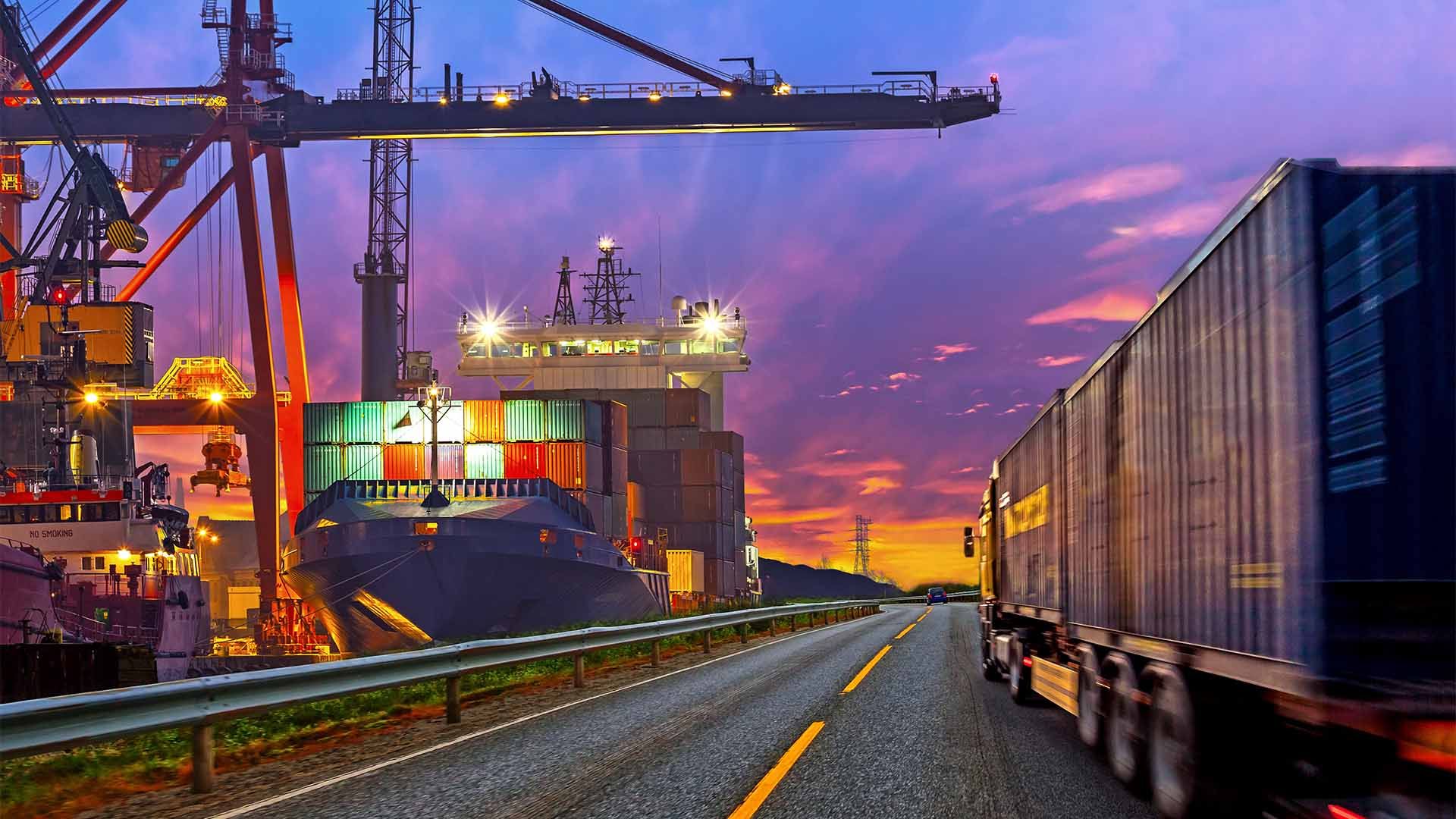BLOG
Telecom26 blog

The future of the worldwide shipping industry and global supply chains are subjects of great interest to our global connectivity and maritime connectivity teams who are always looking for ways to improve the global connectivity of our commercial transport customers including those who use road, rail, water and air.
Our global connectivity and maritime connectivity experts have also written a number of interesting blogs over the past few months including:
- Cargo ships, smart containers and the need for fast and reliable maritime connectivity
- eSIMs, connected cars, fleet management and car leasing
- Maritime connectivity for freight on rivers and canals - and inland ports
- IoT connectivity for freight on-land and at sea
- Innovation in the container shipping industry: wind power and maritime connectivity
Consequently, our global connectivity and maritime connectivity teams were interested to see that analyst company Berg Insight, which specialises in the IoT market published a report in October titled “Trailer and Cargo Container Tracking” which is worth a look.
This study “investigates the market for tracking and security of intermodal shipping containers, trailers, swap bodies, rail freight wagons, air freight unit load devices, cargo boxes and pallets”.
The Berg analysts predict that “The installed base of remote tracking systems for these cargo loading units is forecasted to grow at a compound annual growth rate of 24.4 percent from 11.1 million units at the end of 2021 to 33.1 million units by 2026”.
Meanwhile, according to this report “Smart Container Market – Global Analysis and Forecast to 2027″ published by The Insight Partners, the global smart container market was valued at US$ 2.14 Bn in 2018 and is expected to reach US$ 11.29 Bn by 2027.
So clearly being able to track the location of their containers, and the goods within them as well as the surrounding temperatures, is of increasing interest both to transport companies – and the owners of the goods within the chainers.
This piece in The Economist is also a good read “A flotilla of startups wants to streamline global supply chains; Digital disruption comes for the paper-loving freight-forwarders as it discusses how “with the world’s supply chains gummed up by bottlenecks, lockdowns and other disruptions, VC firms are pouring billions into companies offering ways to make freight transport more efficient”.
Global connectivity, worldwide shipping, global supply chains - and Telecom26
Much of the innovation described above will need fast and reliable broadband connectivity to be effective – and this is where Telecom26 comes in with our global connectivity and maritime connectivity services.
Telecom26 operates as both a maritime MNO and a full global MVNO for terrestrial coverage.
As a global operator, Telecom26 has a wide range of global connectivity solutions for vehicles and vessels of all shapes and sizes and the people and containers that they are transporting.
Our maritime connectivity services include:
- A full Cellular At Sea service for vessels of all sizes
- A Nearshore Connectivity Service - Our recent blog “Nearshore Connectivity - perfect for vessels up to 30km off the coast” discusses how most ships and vessels spend the majority (up to 60%) of their time in port or in coastal waters. They are therefore within range of land-based cellular networks which can provide coverage to vessels as far out as 30km. So, instead of relying on costly satellite for data or connectivity, vessels – and the people on-board - can use these cellular networks.
- Networks for personal communications, onboard
- A Maritime IoT Service including private networks on-board vessels, oil rigs and platforms – and supply chain tracking
Our Global Connectivity Service offers:
- Our own network core and operational assets leveraging relationships with more than 1100 network connections and 650 mobile operators across over 200 countries to secure unrivalled global coverage.
- A full range of telecom services and connectivity options including 5G (where available), LTE-M, WiFi, private networks, 2G, 3G and 4G, as well as satellite and offshore connectivity capabilities.
At the heart of our maritime connectivity and global connectivity services are our Global eSIM and physical SIM cards. These provide data to all onboard devices via cellular data links. By onboard devices we mean Wi-Fi routers, container sensors, IoT networks, any system process that needs to connect to the internet, to a remote server or monitor – as well as the phones and devices of the crew and people on-board.
Our Global eSIM and physical SIMs can access most terrestrial and maritime networks. Not all networks are equally available – some offer better coverage in some locations than others. And, every country has its own range of terrestrial network operators. This means that, as a vessel is on its journey, different networks may be available.
Catching up with our global connectivity and maritime connectivity teams
We will shortly be announcing our new partnership with Sateliot, the first company to build a satellite network dedicated to providing 5G connectivity to IoT devices. This news will be of great interest to our maritime connectivity customers.
In addition, the expansion of Telecom26’s 5G capabilities will help improve the connectivity of the people and devices on-board vehicles of all sizes.
If you’d like to arrange to a call to discuss how our maritime connectivity and global connectivity services can connect the people and devices on-board your vessels as they travel around the world then please get in touch.

